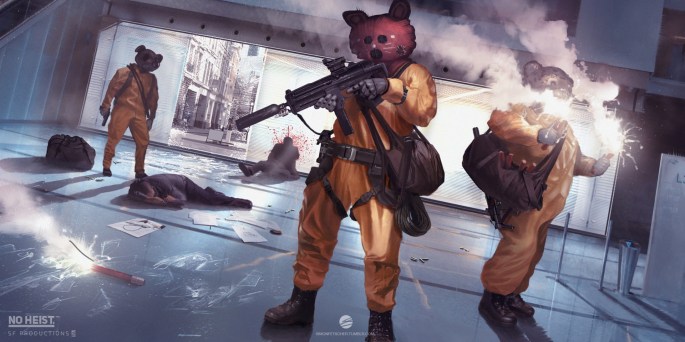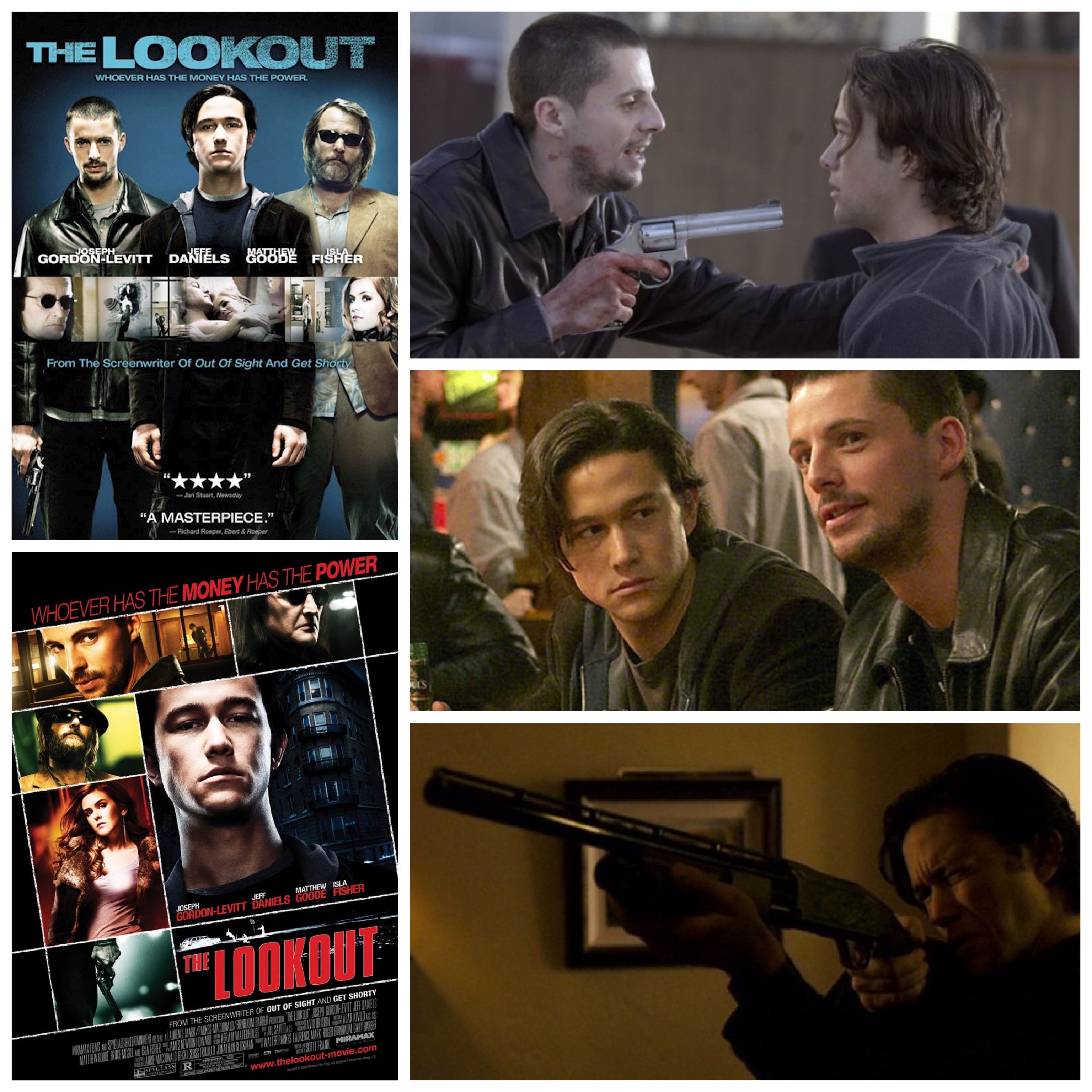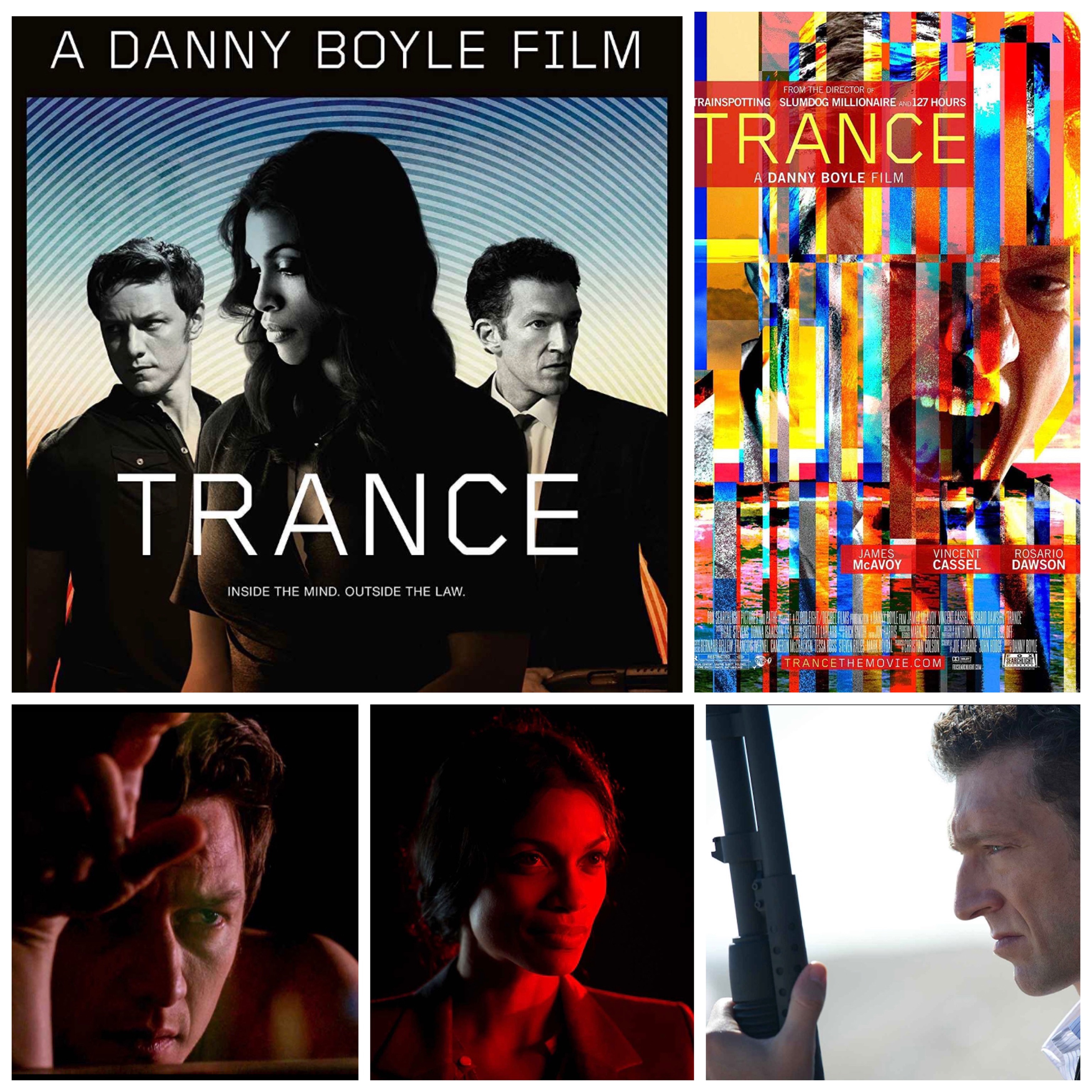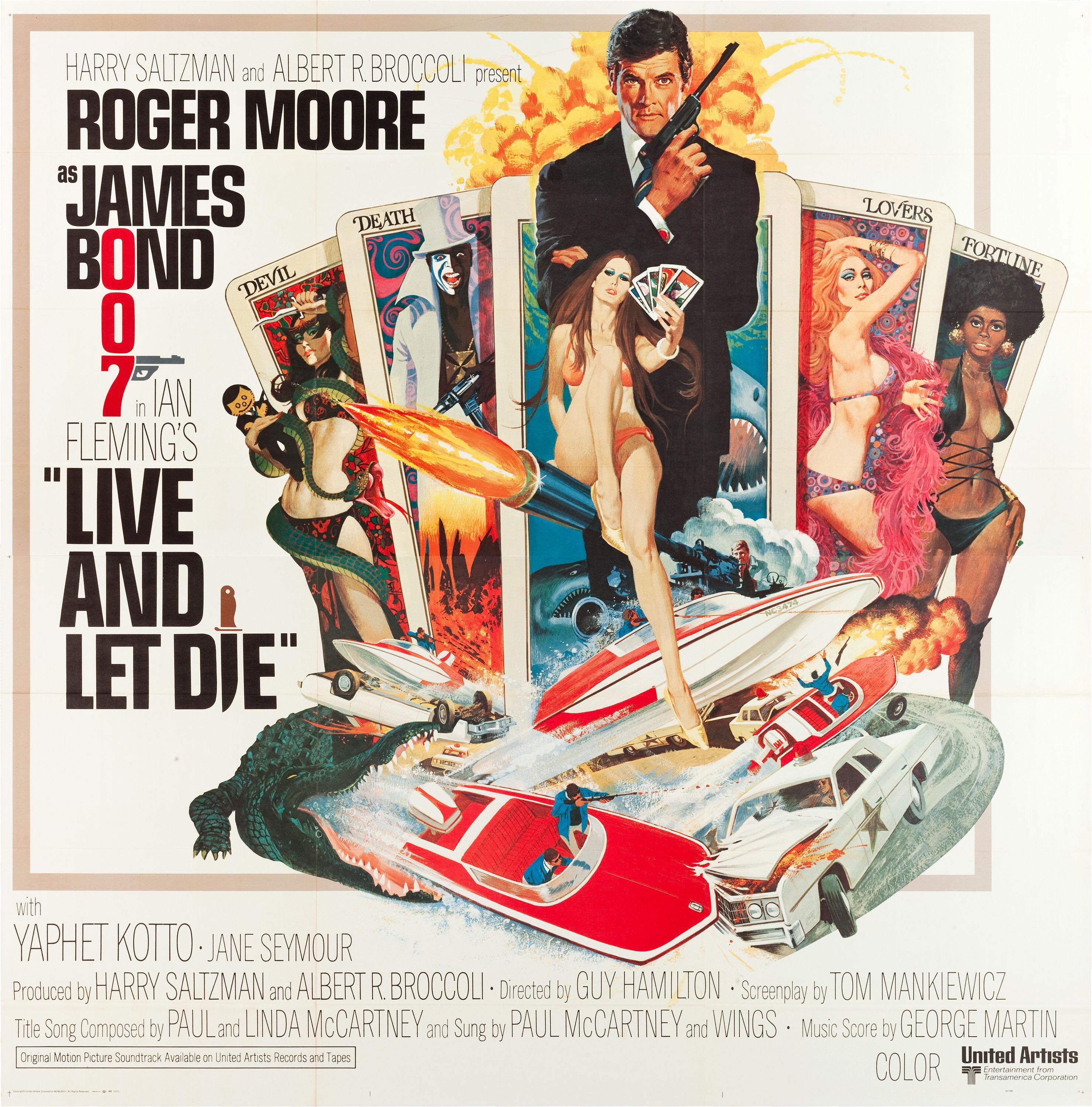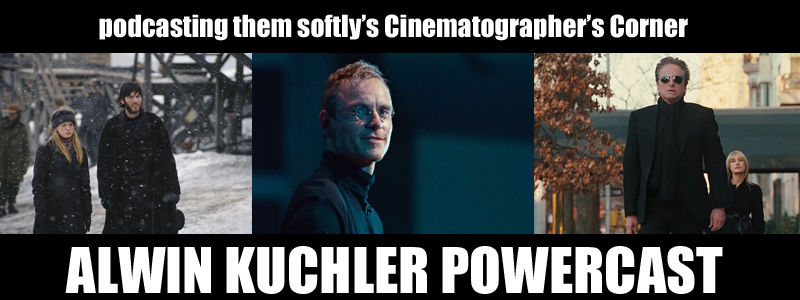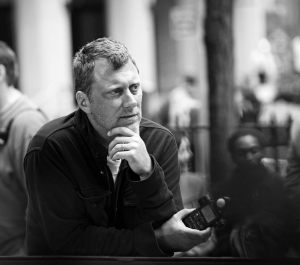It’s crazy times we’re living in because of this Coronavirus, and I hope everyone out there is staying safe, taking necessary precautions and keeping a level head about the pandemic. I also hope you all are finding time amidst the chaos to take care of yourselves, have a beer, cuddle your pets, chill with loved ones and do things that make you happy. I myself am continuing the blogging train to stay sane and this week it’s time to take a look at my top ten favourite films about viruses, yay! Not to be deliberately morbid but it does seem appropriate given our situation and there are some really excellent films out there that deal with outbreaks, from procedural dramas to schlocky horror to fascinating science fiction. Enjoy my picks!
10. Robert Kurtzman’s The Rage

I had to include at least one low budget gore fest on this list because it’s an incredibly formative arena in the genre for me. Legendary FX guru Kurtzman makes hilariously scrappy work in telling of a batshit insane evil Russian scientist (the great Andrew Divoff having a blast) who releases a horrific rage virus into human tests subjects. When they get loose and vultures feed on them the vultures go ape shit and become nasty mutants that go after everyone and it’s all a deliriously violent bit of B horror mayhem. Can’t go wrong with mutant vulture puppets done with knowingly crude effects and a whole lot of choppy editing commotion.
9. Breck Eisner’s The Crazies

This one is interesting because the deadly virus isn’t your typical flesh eating zombie kind but rather infects the population of a small county with mental instability and eventual madness. There’s something so unnerving about the afflicted’s behaviour here and the incredibly suspenseful efforts of one sheriff (Timothy Olyphant) to keep the insanity under control.
8. Neil Marshall’s Doomsday

It’s unfair to call this film simply a virus themed horror flick, as there’s just so much going on. It’s part Escape From New York, part Tomb Raider, part Mad Max like several films collided into each other at top speed and yes, there’s a nasty killer virus here too that wiped out most of Britain’s population. Malcolm McDowell’s scientist turned medieval despot puts it best when he observes: “A virus doesn’t choose a time or place. It doesn’t hate or even care. It just happens.” Astute analysis of such an event.
7. Eli Roth’s Cabin Fever

The gross-out factor is to the extreme and the dark humour dial turned up to the max in this ooey gooey tale about a group of vacationing friends who encounter a horrendous flesh eating virus at their rural getaway. Man there are some wince-out-loud moments here, just watch what it does to a girl shaving her legs, as well as the shocked reaction of one dude who goes to finger bang his girl and comes up with a handful of… well, her I guess. Also that running joke regarding the redneck convenience store owner and the rifle above his counter? Fucking top tier comedy gold right there. Avoid the remake, Roth’s original vision is the real deal.
6. Danny Boyle’s 28 Days Later and Juan Carlos Fresnadillo’s 28 Weeks Later

I’m trying not to make this list too zombie-centric because it somehow feels like cheating but one slot gets designated and it has to be these two superb films. There’s a ferocity, an overwhelming intensity to those infected by this virus that makes both films feel thrillingly alive, dangerously immediate and gives them a cutthroat edge. Oh and I guess I cheated already anyways by putting two films in one spot but I’m one of the rare people who finds Weeks just as amazing as Days so they get to share the pedestal. Robert Carlyle going full Jack Torrence on bath salts man, can’t beat that aesthetic.
5. The Farrelly Brothers’ Osmosis Jones

This is such an underrated flick and if I ever do a top ten list on films that combine live action with animation it’ll make that cut too. Bill Murray is a slobbish zookeeper who contracts a wicked nasty virus played by… Laurence Fishburne lol. Half the film takes place inside his body where a rogue cop white blood cell (Chris Rock) races to stop the fiendish strain before it gets to all the major organs and it’s game over. The animation is slick, uniquely styled and the film just hums along with cool ideas, colourful imagery and terrific voiceover work.
4. Paul W.S. Anderson’s Resident Evil

This film has quite the virus, it doesn’t just stop short of turning people into zombies but mutates than into all kinds of giant horrific monsters for Milla Jovovich’s Alice to fight. I think these films are great, particularly this super stylish, sexy first entry that’s got enough blood, psychotic Dobermans, gunfire and security system gadgetry to bring the house down.
3. Wolfgang Petersen’s Outbreak
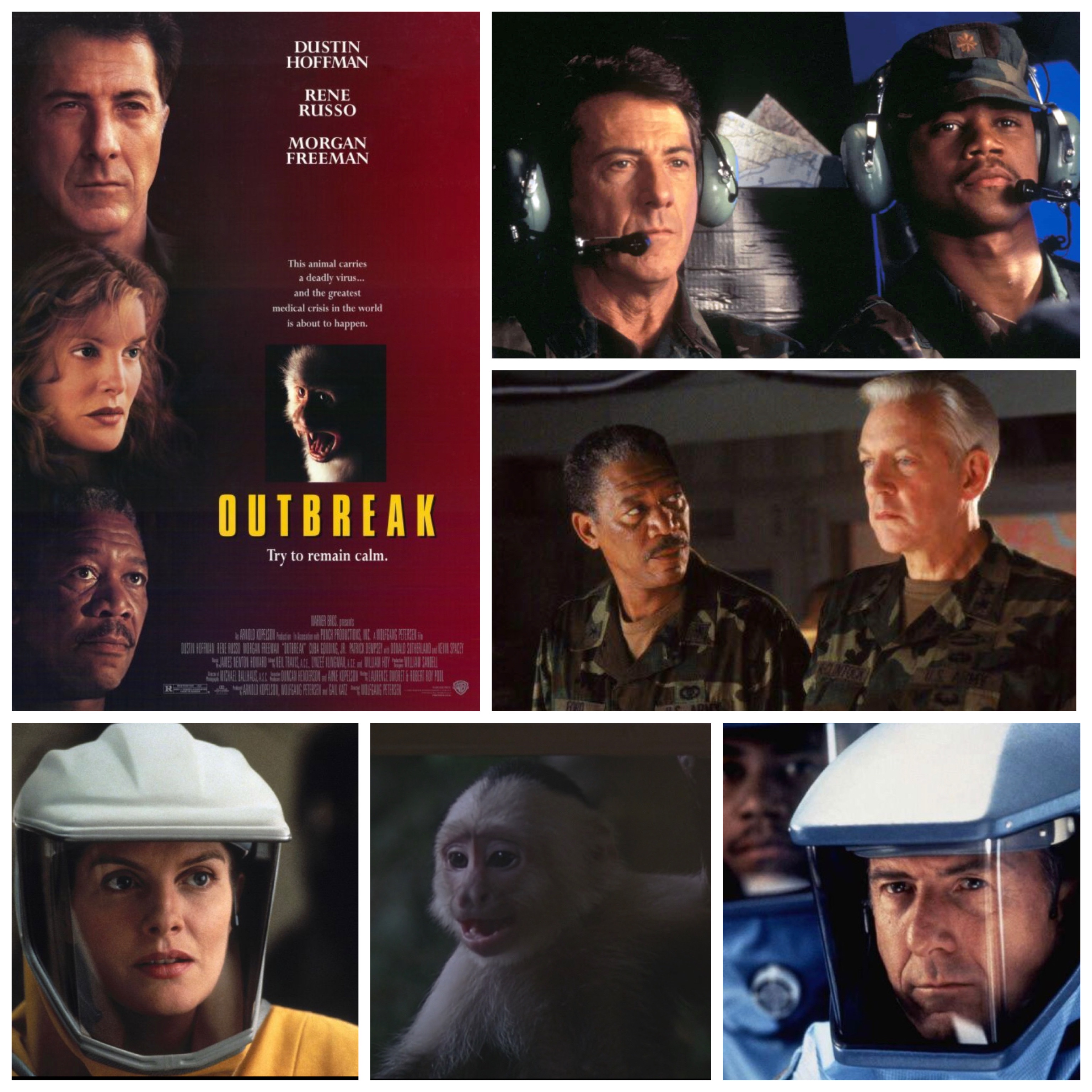
While this one does take the big budget Hollywood approach to the virus motif, it’s still a smart, scary and incredibly suspenseful piece, and holy damn the virus here is one monster. “It’s the scariest son of a bitch I’ve ever seen” says Dustin Hoffman’s virologist guru, and he’s not fucking kidding. It has a kill timetable of 24 hours, which are almost insurmountable odds but these people try their best and provide one hell of an engaging film.
2. Steven Soderbergh’s Contagion

This one, while still a Hollywood release, takes the clinical and detached route. Despite being heavily casted with big time A list talent the real star of the show here is the virus itself and it’s ruthless journey from Hong Kong to the states and beyond. Soderbergh employs crisp, precise editing and a sonic jolt of a score from Cliff Martinez to keep this thing moving along at the same scary pace as the pandemic it chronicles.
1. Terry Gilliam’s Twelve Monkeys
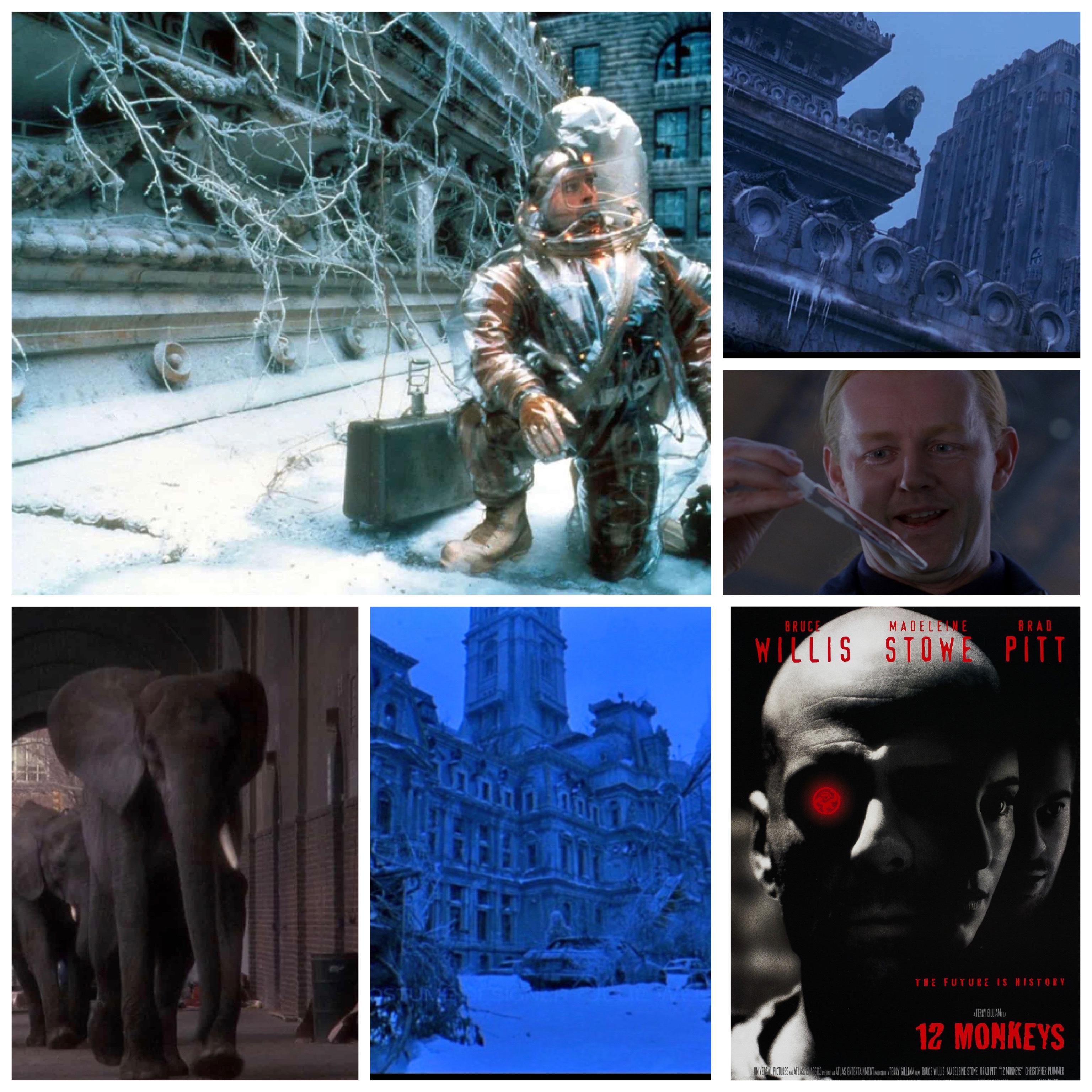
This one made the top spot on my time travel movie list too and does the same here, it’s just an all timer for me. We don’t even really see the virus here that wiped out most of humanity or it’s effects, most of the film takes place either just before or long after it’s released. But we get a sense of it, in the desolate snowy streets Bruce Willis walks through in a Mr. Freeze looking quarantine suit, filled with spectral roaming animals turned loose from a zoo. We feel the maniacal nature of the insane doomsday prophet (David Morse) who released it too.
-Nate Hill

